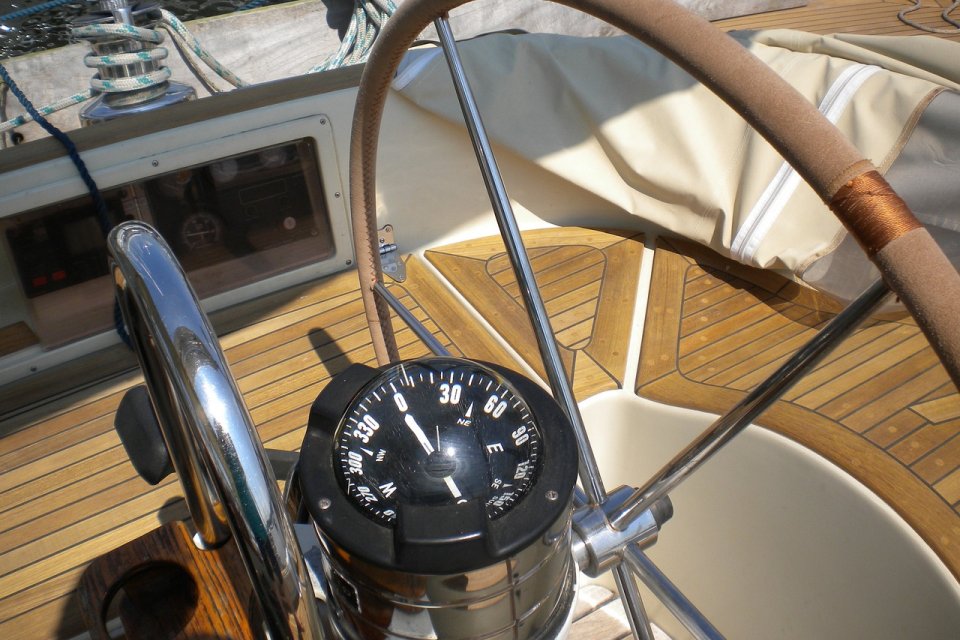How are Kayaks made - The Manufacturing Process.
Material Selection
Plastic (Polyethylene): Most recreational kayaks are made from high-density polyethylene through a process called rotational moulding (roto-moulding).
Composite Materials
Higher-end kayaks often use composite materials like fibreglass, carbon fibre, or Kevlar for lighter weight and increased performance.
Moulding
For plastic kayaks, the roto-moulding process involves heating a plastic powder inside a mould that is rotated to ensure an even distribution of the material. The plastic adheres to the mould’s shape as it cools and hardens. Composite kayaks are typically built using a mould that is coated with layers of fabric (fibreglass, carbon fibre, etc.) and resin. The layers are built up to the desired thickness, starting with the Gelcoat which gives the kayak its finished colour and smoothness.
Trimming and Finishing
After moulding the kayak is trimmed to remove excess material. Any rough edges or imperfections are smoothed out. Hatches, seat attachments, footrests, and other components are added during this stage.
Assembly
Different parts of the kayak, such as the hull and deck, are joined together, and any additional features like bulkheads or skegs are installed.
Quality Control
The finished kayaks undergo quality control checks to ensure they meet safety and performance standards.
It's worth noting that there are variations in manufacturing processes based on the type of kayak, intended use (recreational, touring, whitewater, etc.), and the materials used. Additionally, innovations in materials and manufacturing techniques may have changed since my last update.




